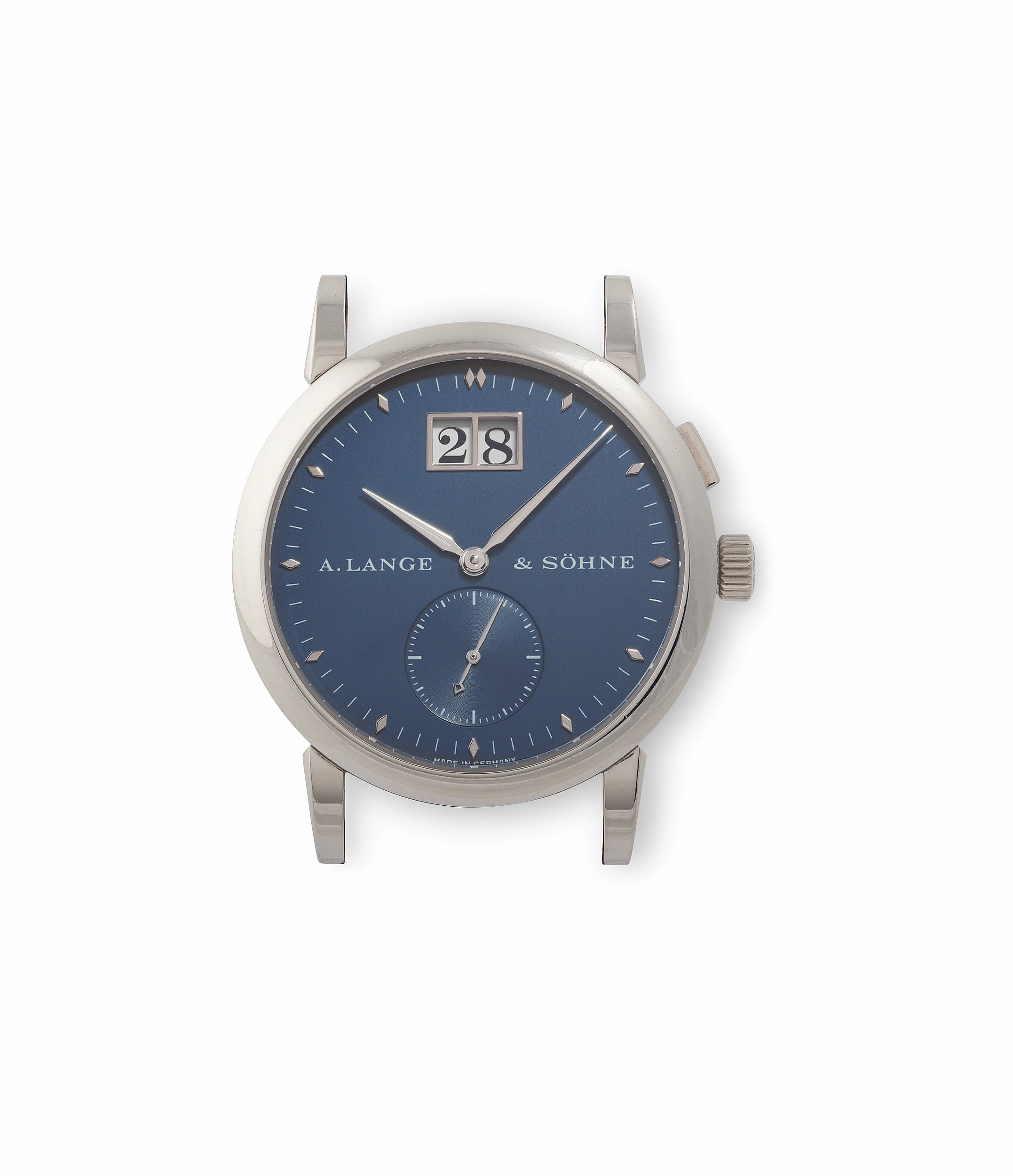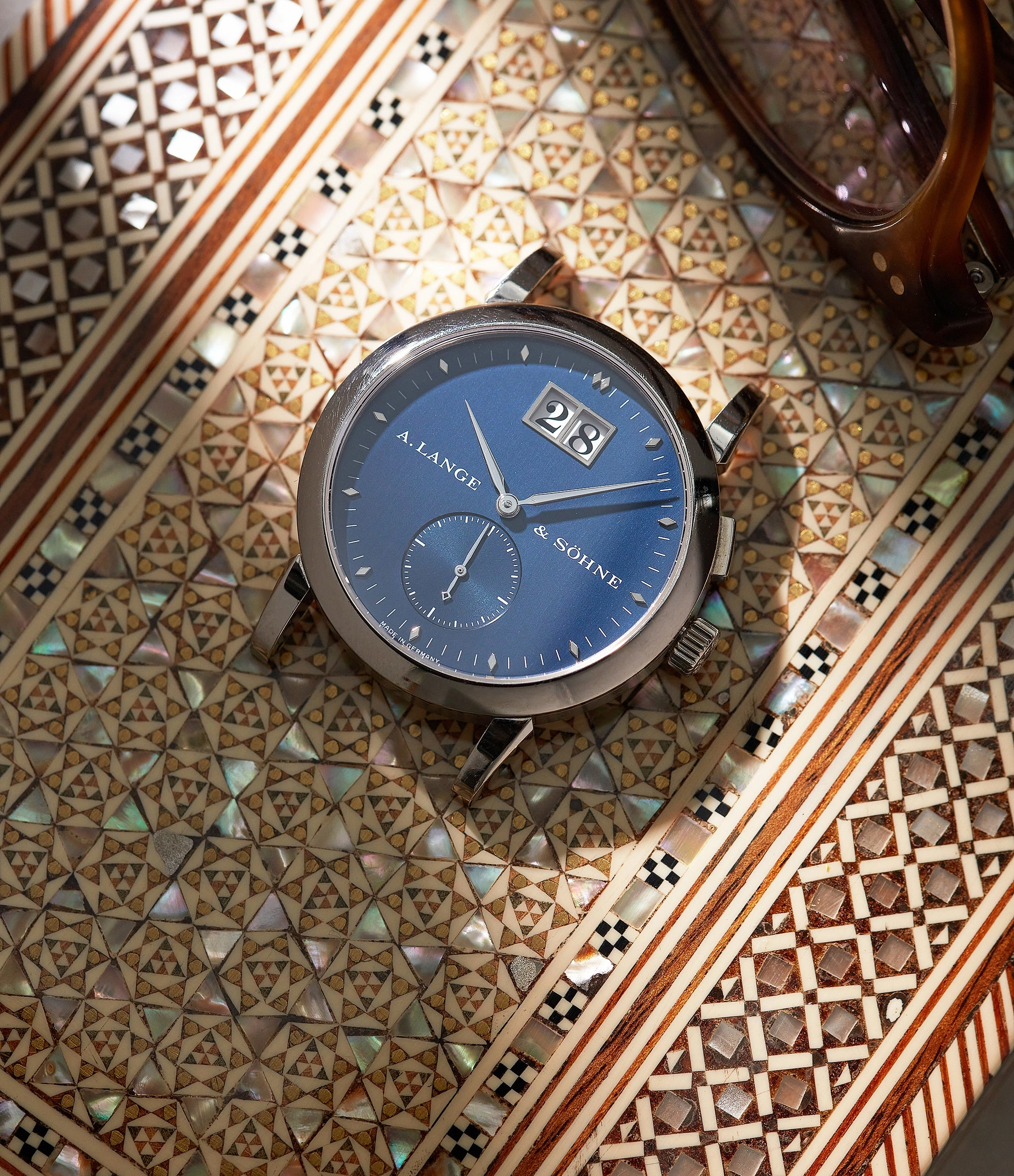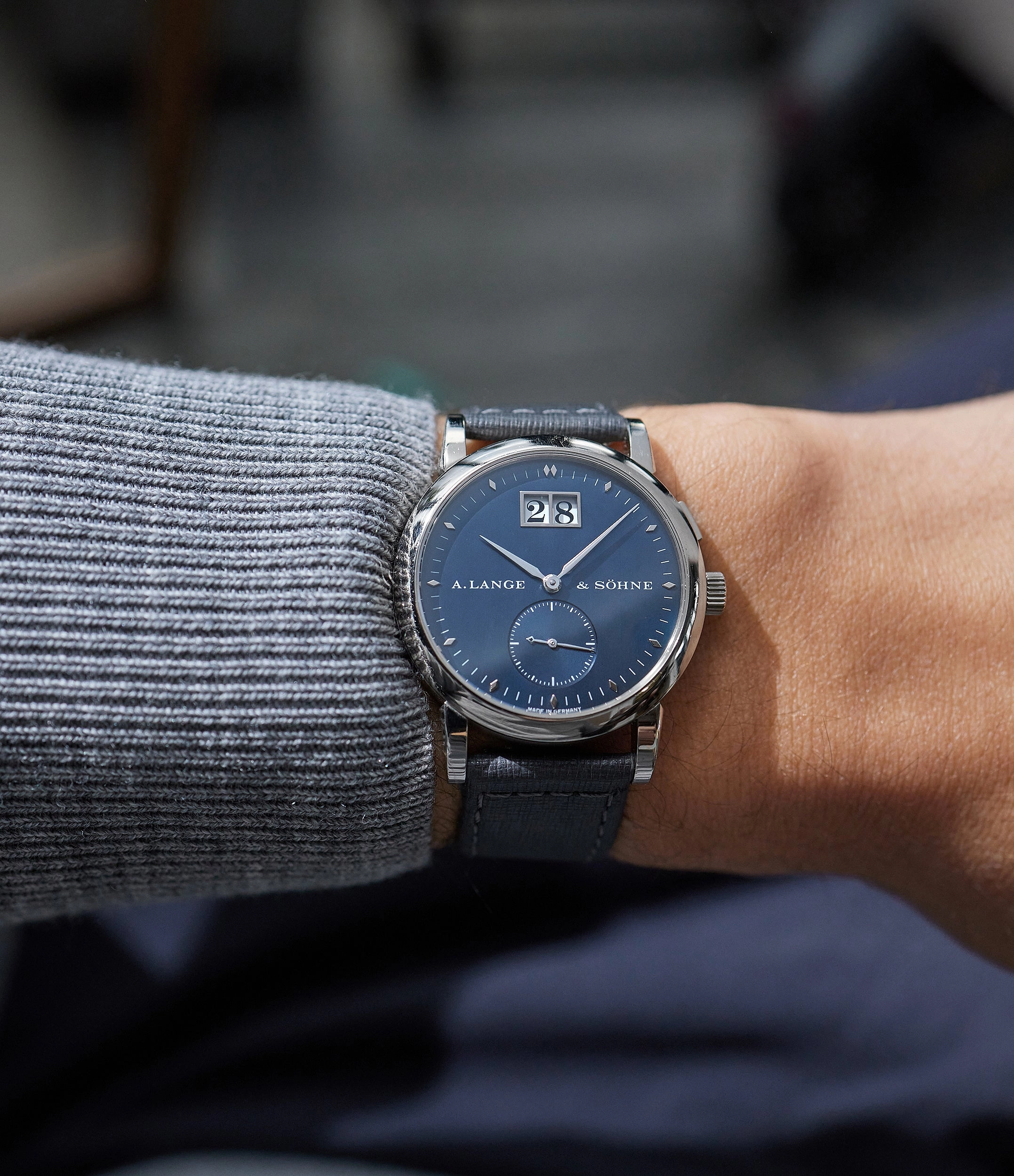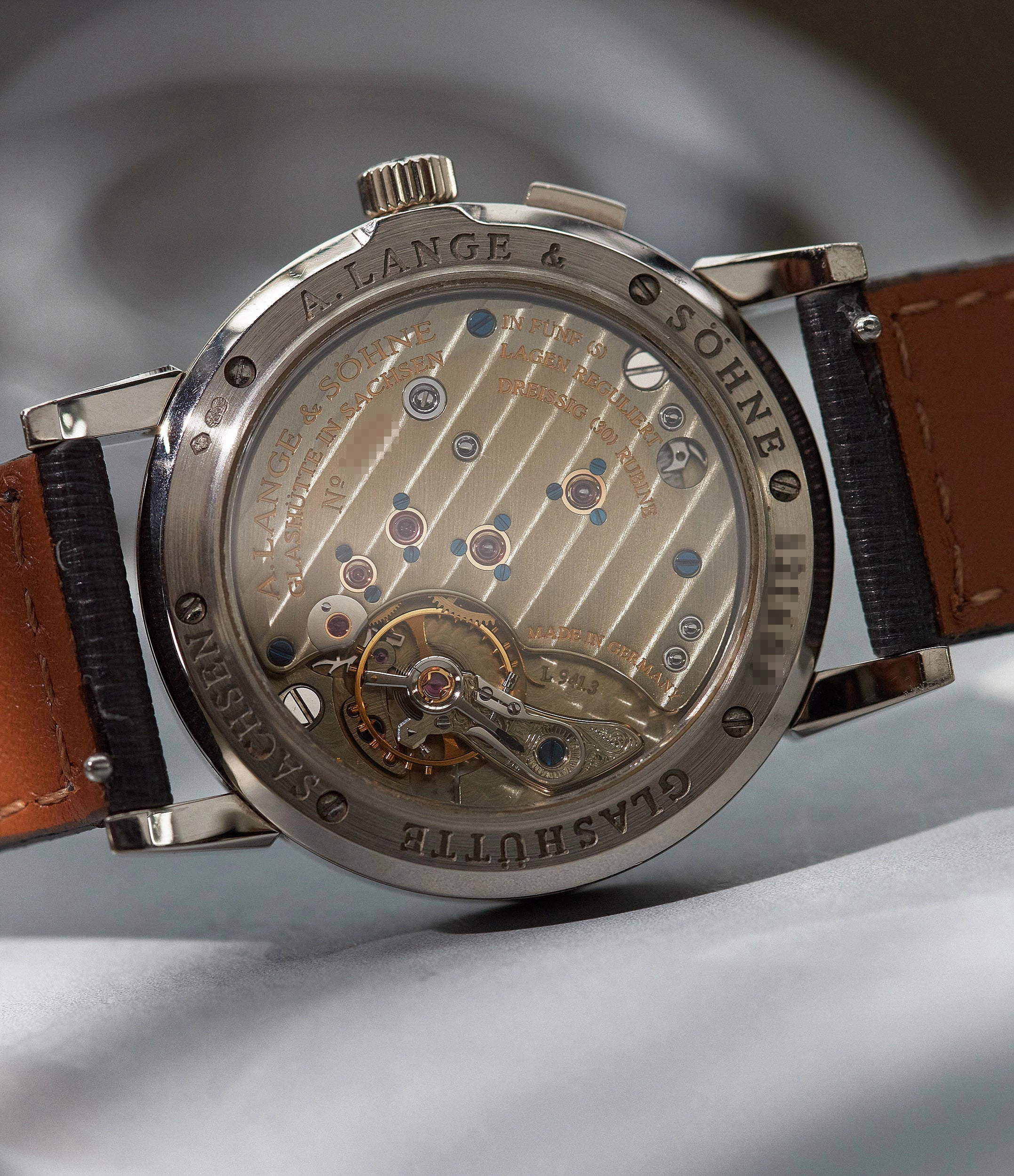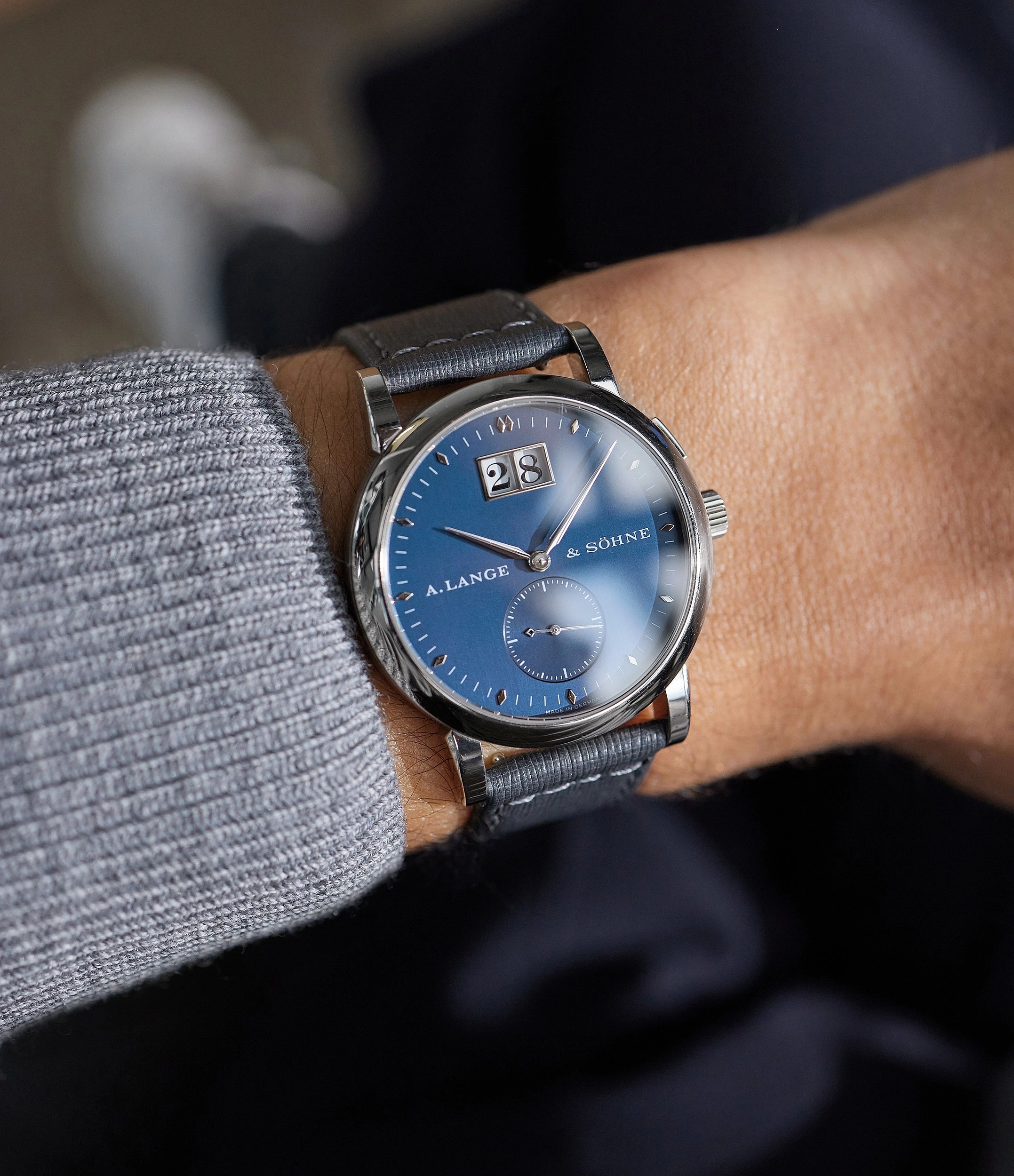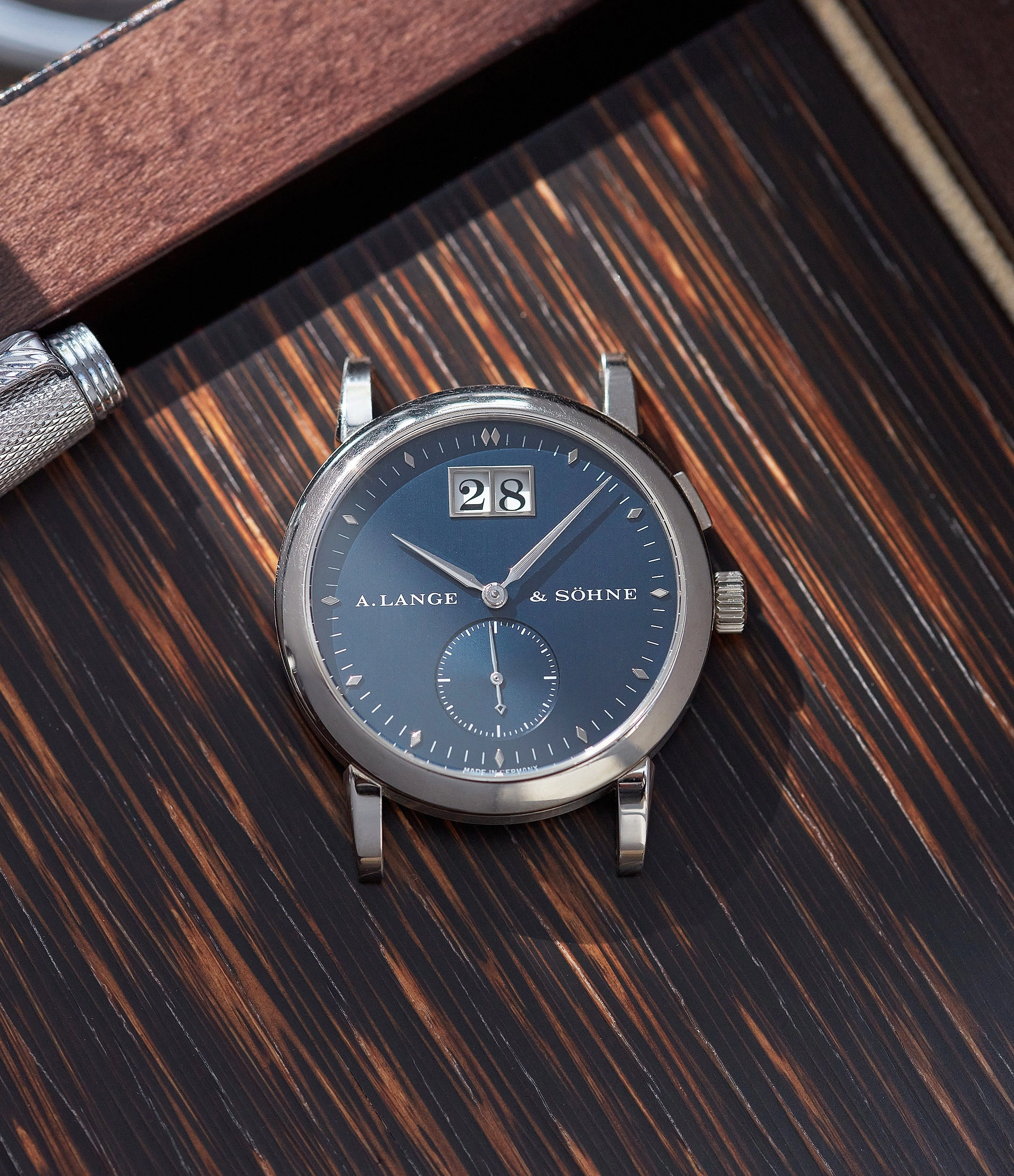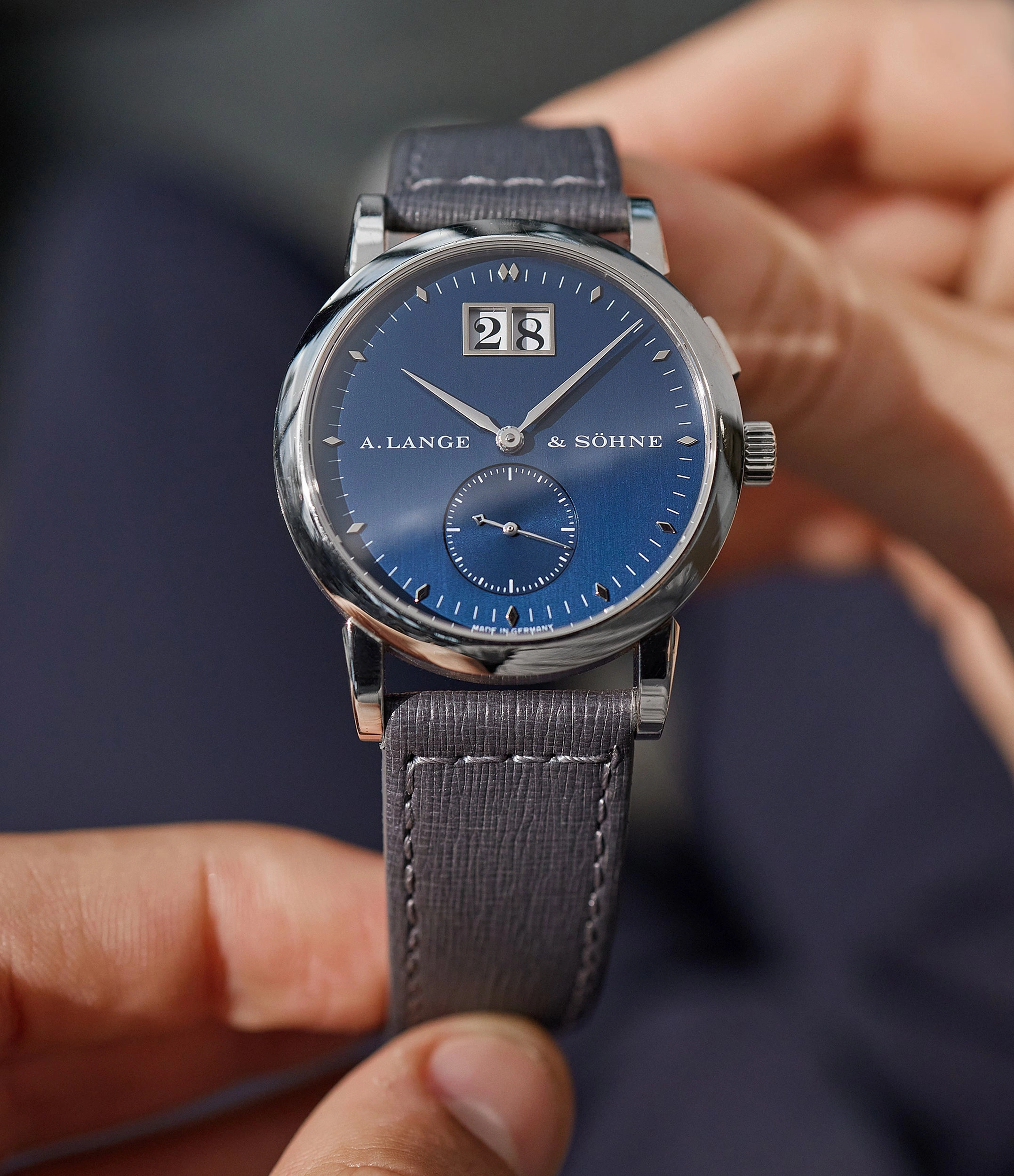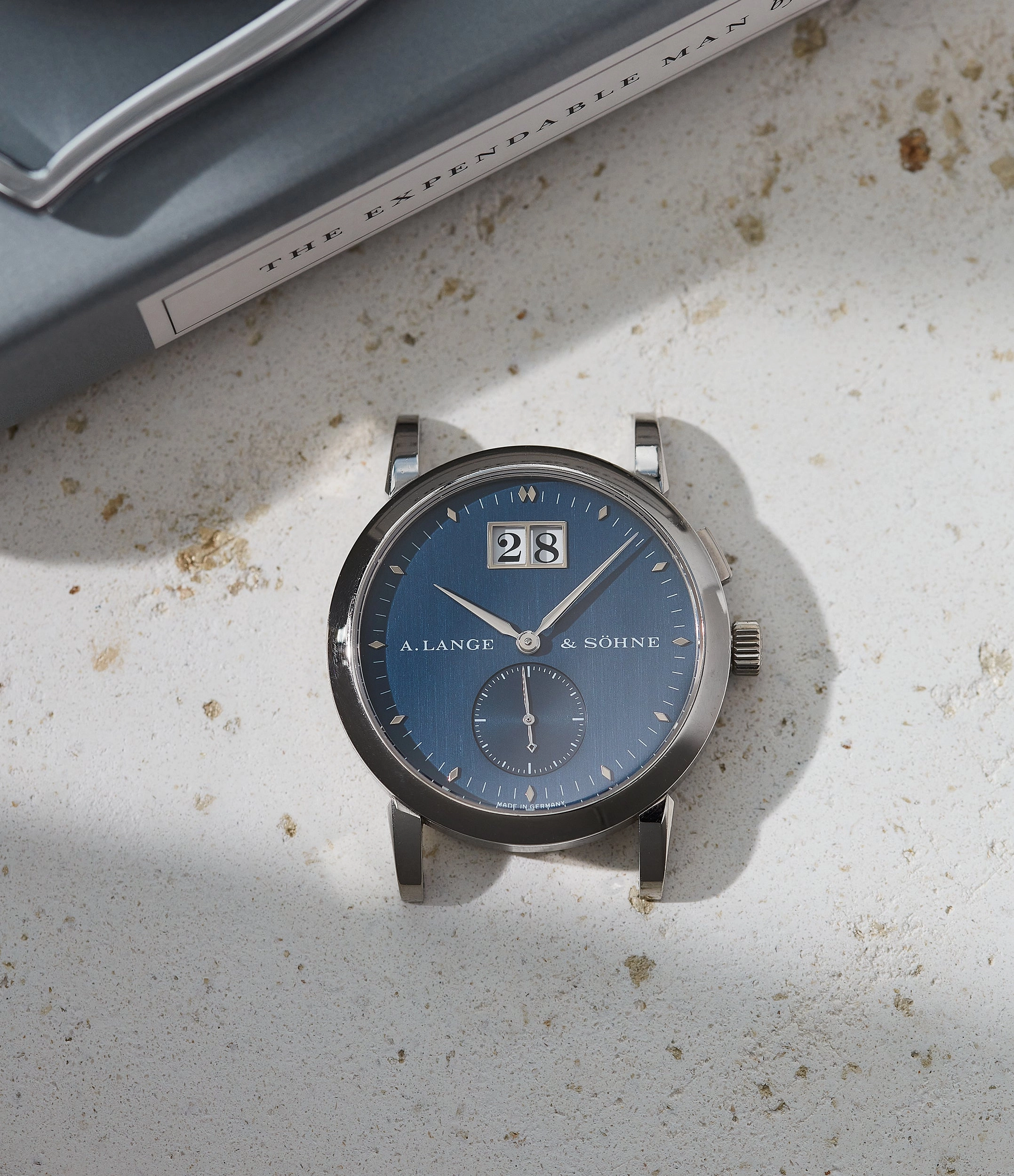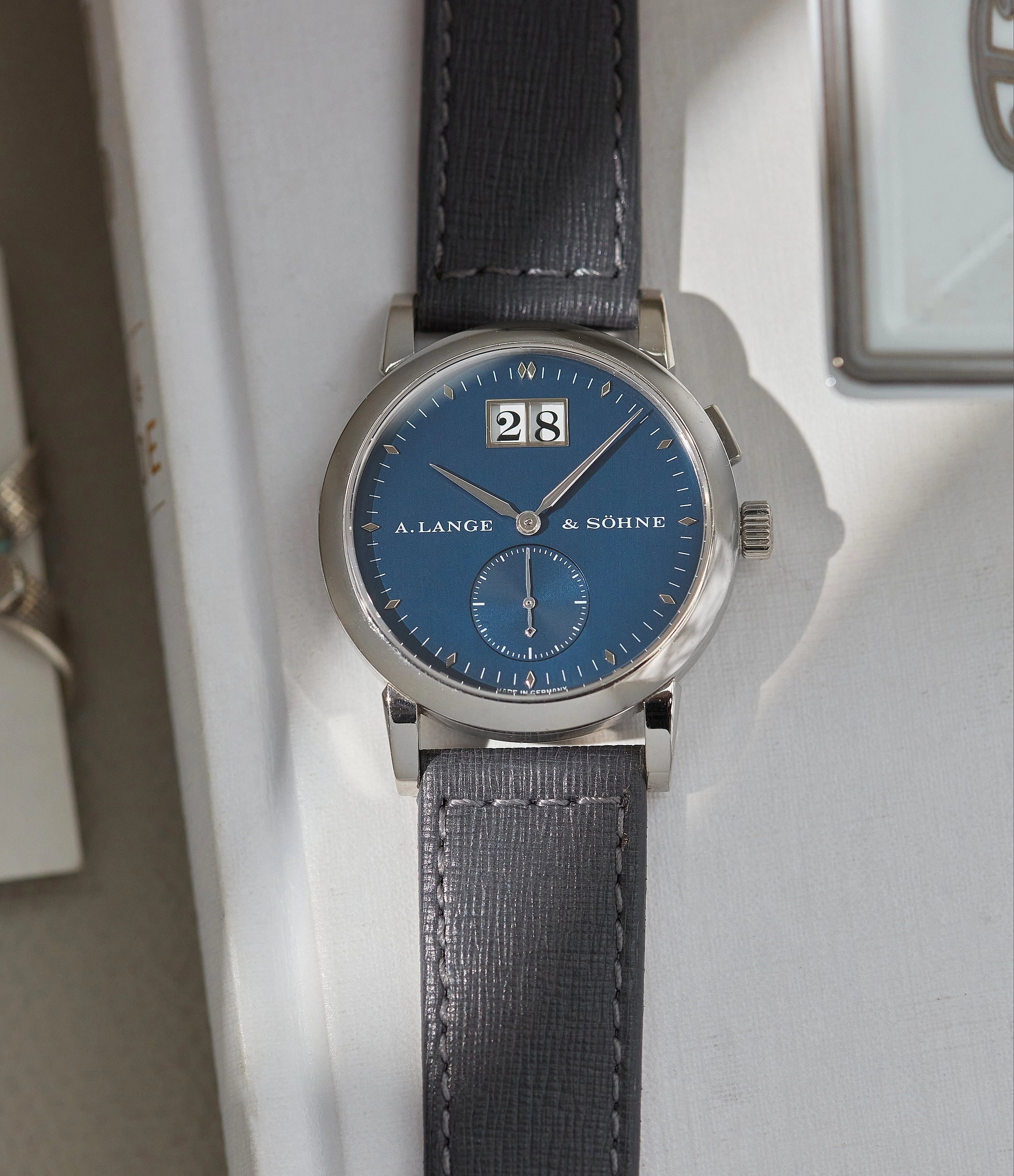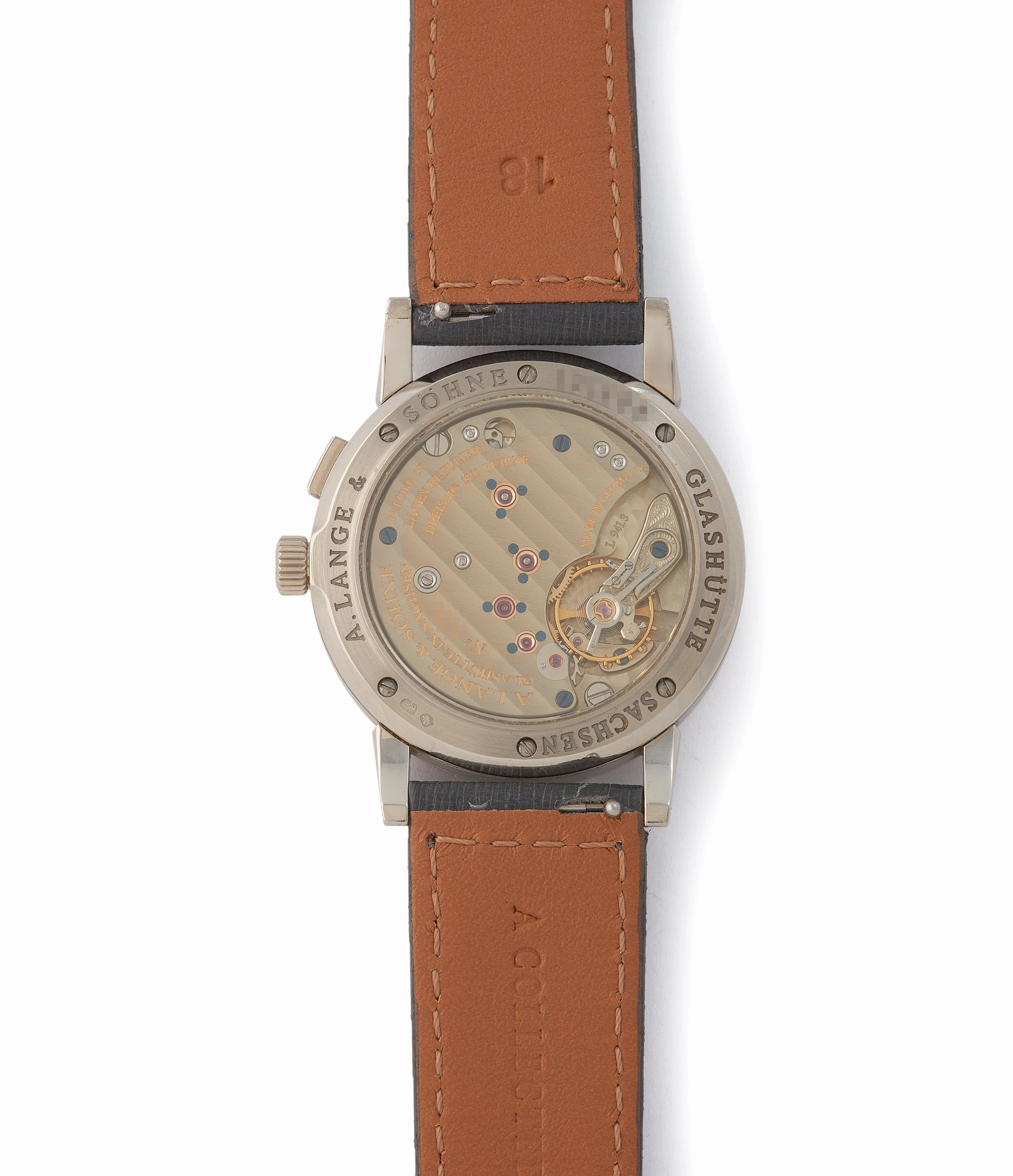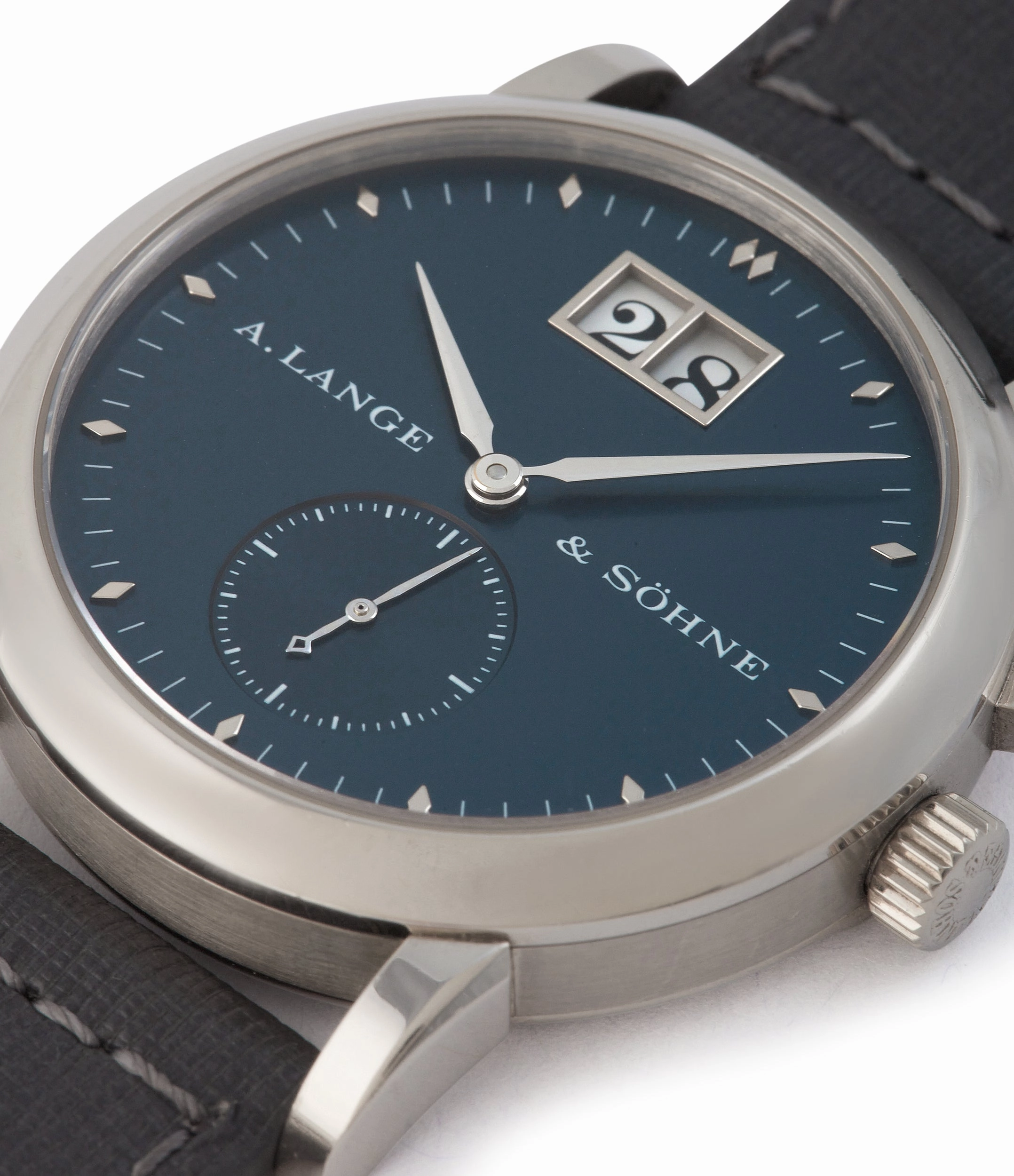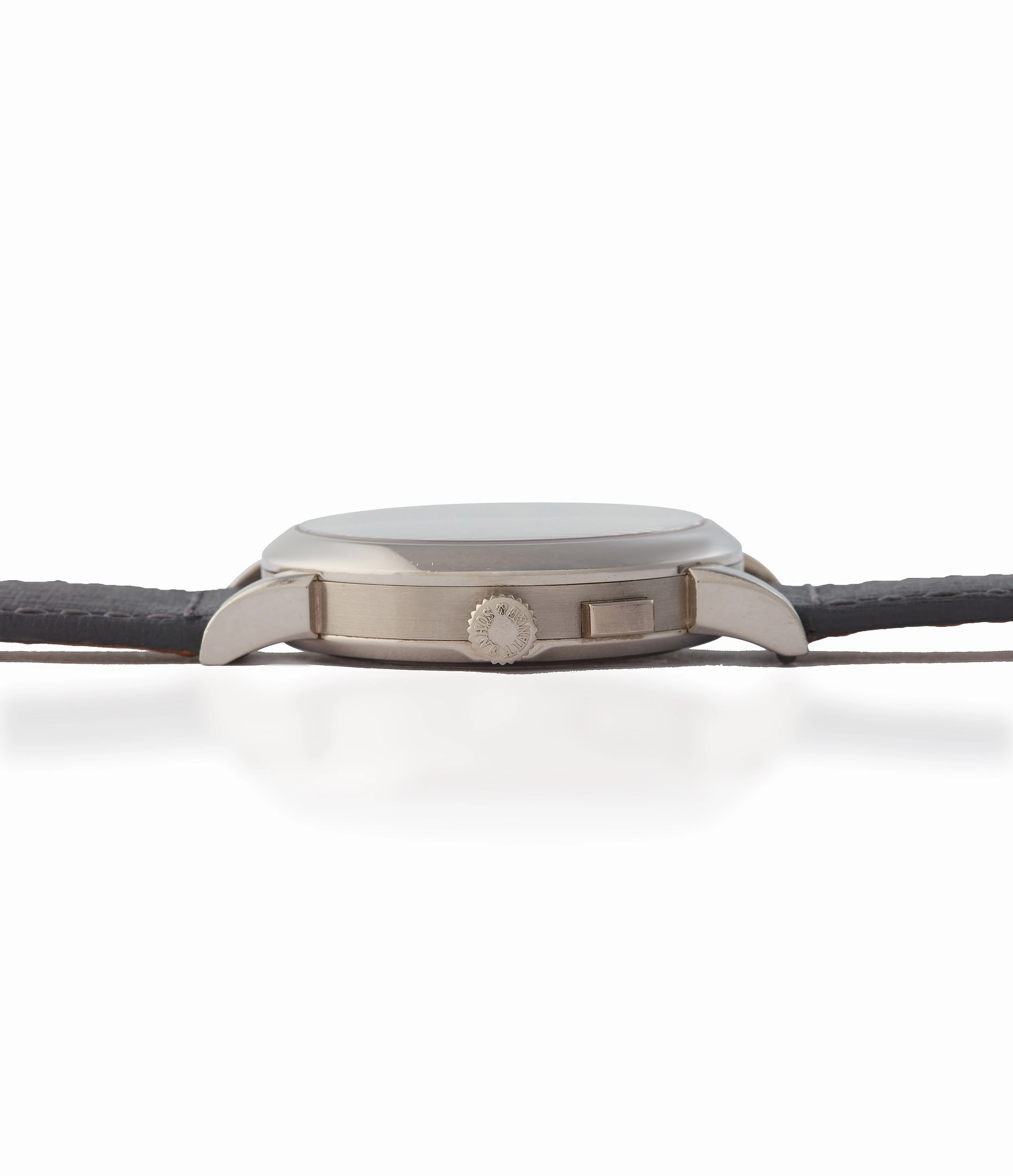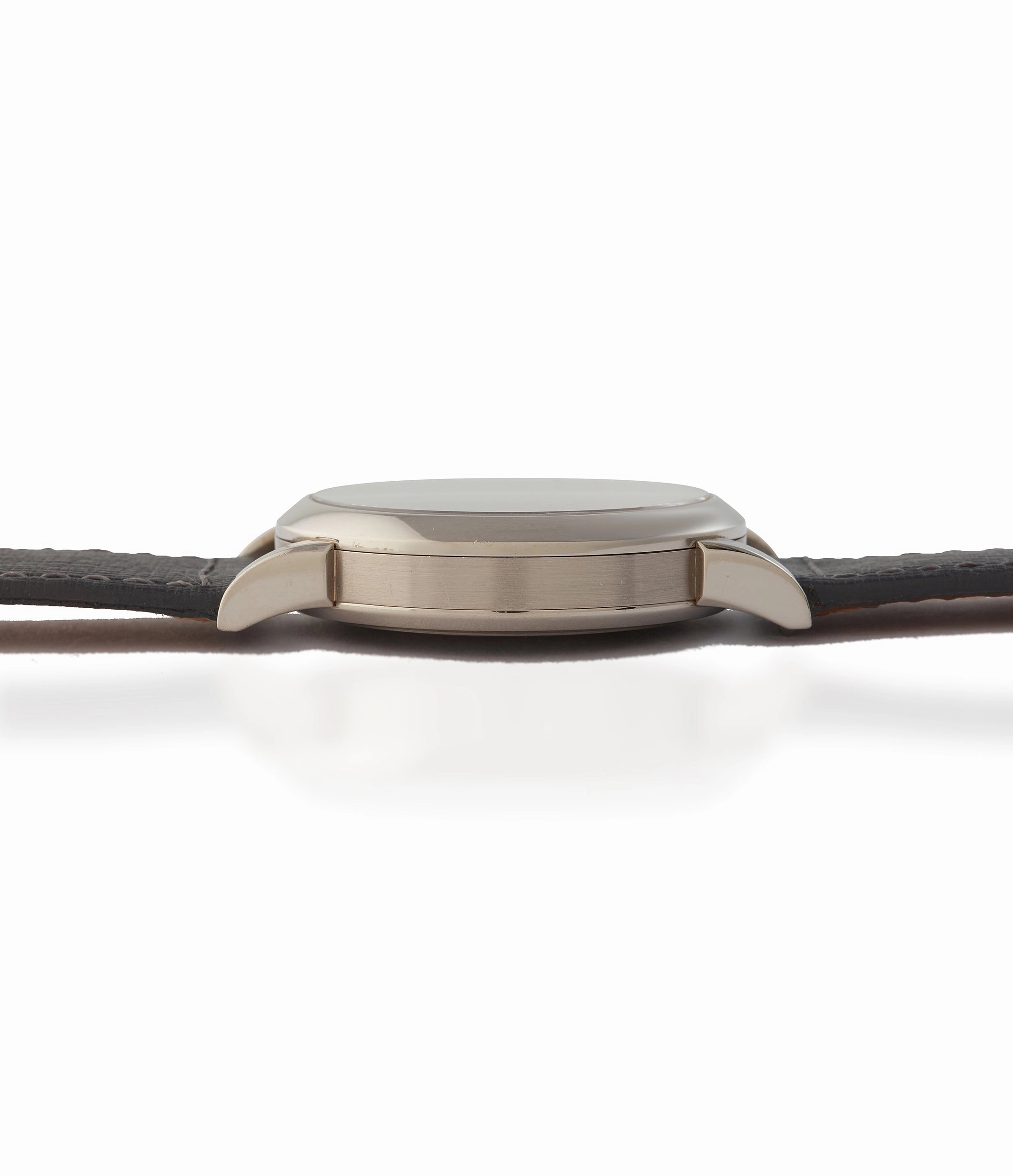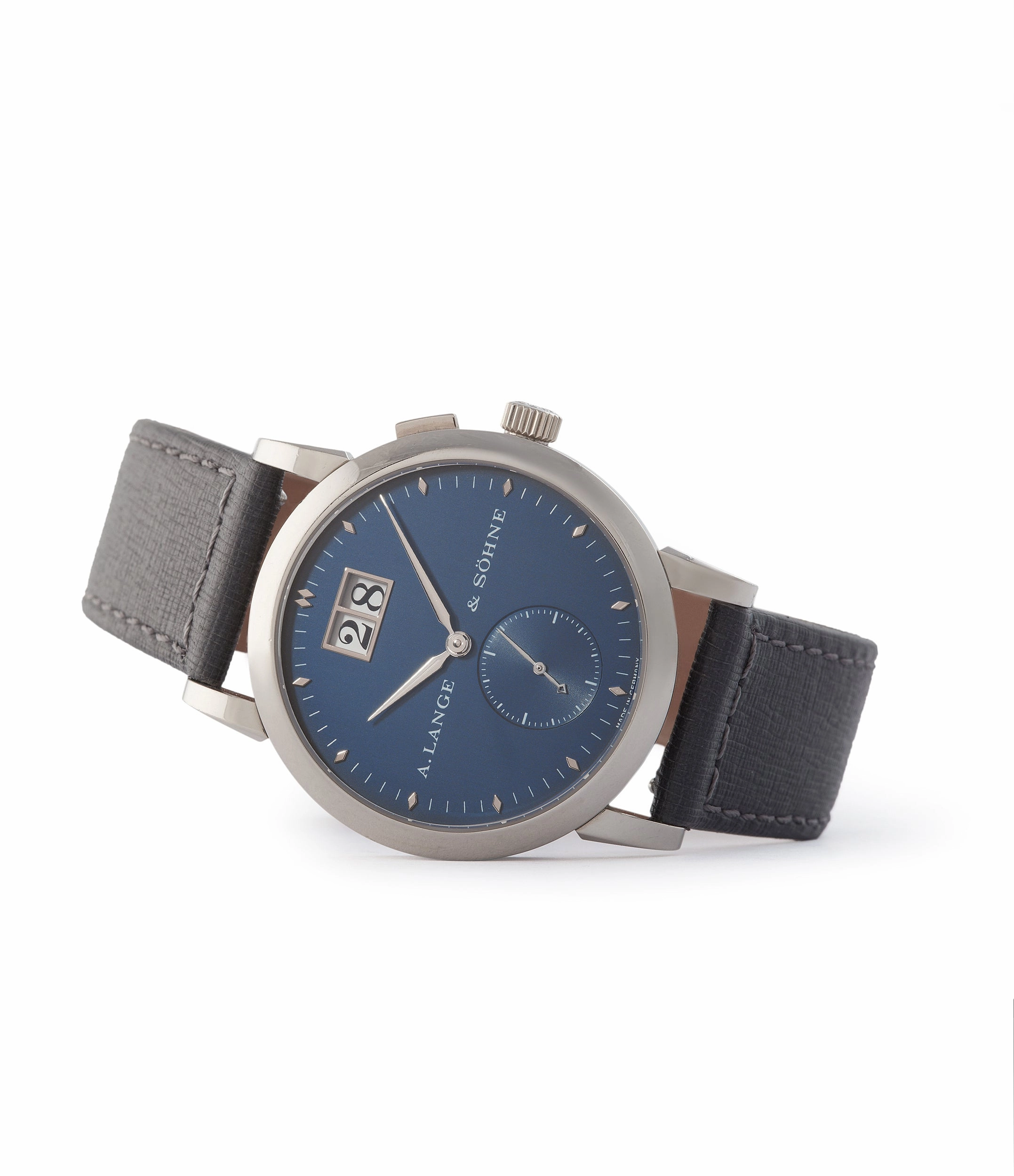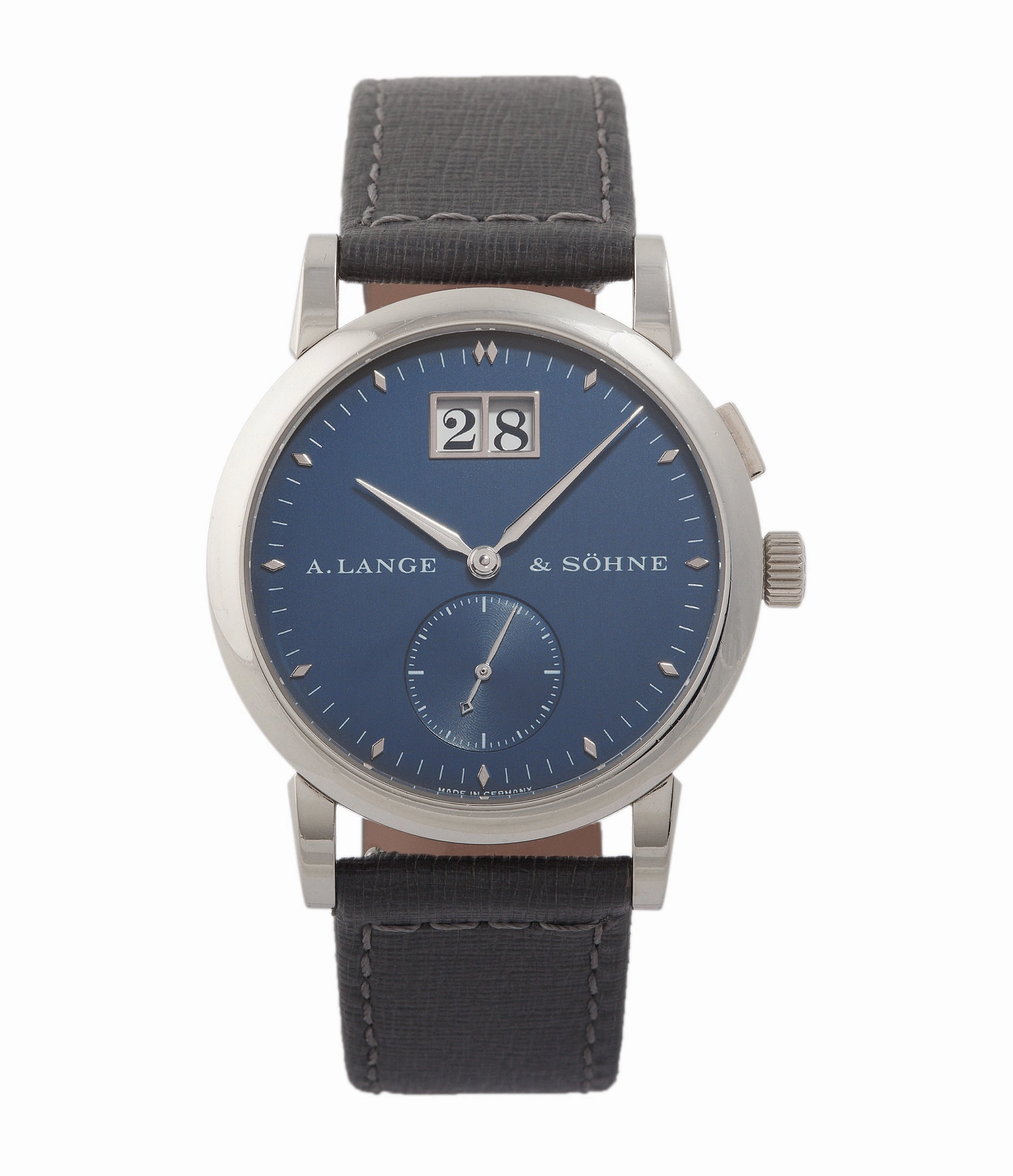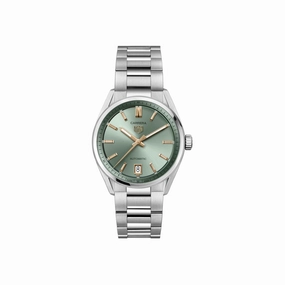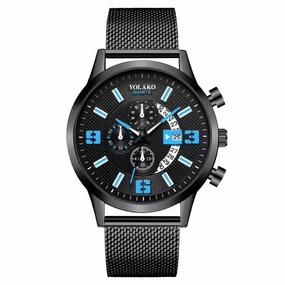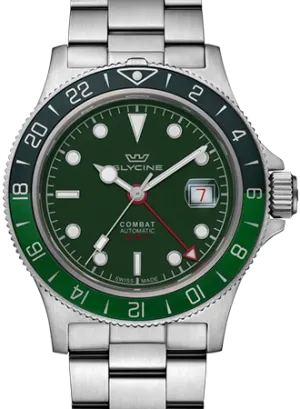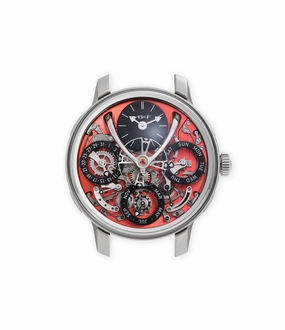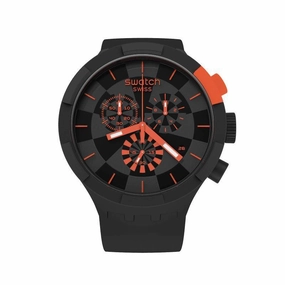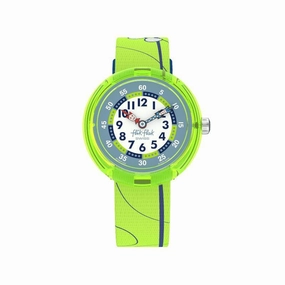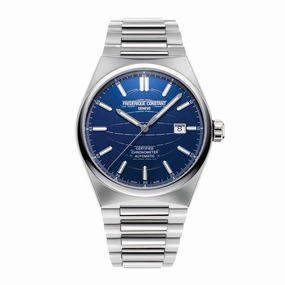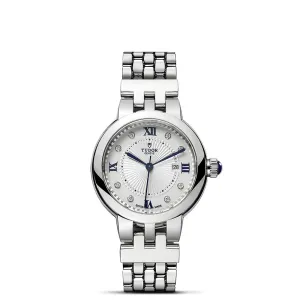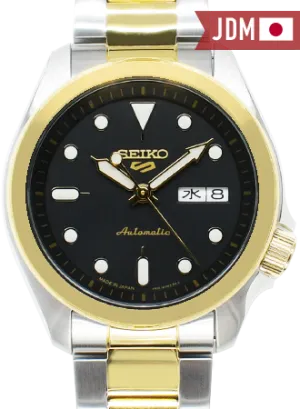The Saxonia was one of the four original models to be introduced at the relaunch of A. Lange & Shne in 1994, having played a central role in reviving the German brand. This particular variant, with its white gold case and blue dial, is amongst the most elusive and contemporary configurations of the Saxonia design. It was briefly produced for a five year period, between 1997 and 2002.
The Rebirth ofA. Lange & Shne
The name Lange has been tied to watchmaking and the Saxony area of Germany for centuries.In the 1800s,Ferdinand Aldoph Lange which is where the A in A. Lange & Shne comes from began his watchmaking journey under the tutelage of the master watchmaker Johann Christian Friedrich Gutkaes. Passed from father to son, the Lange name flourished, before encountering considerable obstacles during the 20th century.The brand got caught up in the turmoil caused by World War One, the financial crash of 1929, World War Two and was finally placedunder the rule of the Soviet Union. Thecompany was nationalised for the next 45 years, essentially spelling the end of the A. Lange & Shne name.
Years later, in 1990,the brand was resuscitatedby the great-grandson of Ferdinand Adolph Lange, Walter, and watch industry veteran, Gnter Blmlein.Blmlein, a Nuremberg native who grew up in post-War Germany, had previously overseen the resurgence of IWC and Jaeger-LeCoultre.This started the four-year journey that Lange and Blmlein would go on with their small team to bring the company back from the ashes, with the release of their first four models on the 24thOctober 1994.These innovative models, theArkade,Saxonia,Tourbillon Pour le Mriteand theLange 1,all with their own distinctive visuallanguage, marked the beginning of the manufacturers next chapter.
TheSaxonia
First introduced in 1994, the Saxonia was perhaps the most pared-backand restrained model from the relaunch of the brand. From the big date borrowed from the Lange 1 to the small diamond markersidenticalto those found on the Tourbillon Pour le Mrite, thedesign of the early Saxonias captured the spirit of thetime. Theround case,restrained sizing and symmetricaldiallayout all combine to create a refined dress watch, suited to the tastes of the time.
The firstSaxonia, the ref.102.001,was introduced in yellow gold, with a silver dial and a closed caseback. Three years later, A. Lange & Shneexpanded the Saxonia collection, introducing platinum and white gold cases, as well as versions with integrated bracelets or set with precious gems. This particular model, the ref.105.027,was produced from1997 to 2002, combining a classic white gold casewith an unusually striking blue dial. This is perhaps one of the most contemporary configurations found during the early days ofA. Lange & Shne, with a similar configuration of the having been produced around the same time.
A Classic Design
This Saxoniafeatures a symmetrical dial, which is both legible and aesthetically balanced. From the thickness of the various fonts to the masterful use of empty space, every aspect of the design feels thoroughly considered.The most distinctive feature of this particular example is the dark blue dial. It features avertical, satin-brushed finish throughout,whichcreates some interesting effects when the watch interacts with the light at different angles, whilst on the wrist.
The A. Lange & Shnesignature is split in half, on either side of the dial, an unusual arrangement which is rarely found on watches from any period. The white printing used for the brand name, as well as the hour markers, stand out against the deep blue background. Meanwhile, the diamond hour markers, as well as the hour, minutes and seconds hand are all made out of white gold, complementing the case.The subsidiary seconds dialis subtly recessed, bringing an added depth and definition to the relatively paired back design.
The single, quick-change date pusher at two o'clock serves as a small reminder of the effectivelyengineered, highly practical complicationA. Lange & Shne addedto an otherwise simplistic design. Measuring 34mm by 9mm, the case is made out ofwhite gold, the only reference of its kind from this "second series" of Saxonia pieces, introduced in 1997. The case features the brands distinctive 3 layered case design - bezel, mid-case and case back - with stylised notched lugs separately attached, which are mirror polished and bevelled.
The Movement
The earliestSaxonia watcheswere powered by the rectangularArkade caliberL911.3 which was used between 1994 and 1997. This was updated shortly thereafter with the circularL941.3, found in thisSaxonia, the ref. 105.027.Incidentally,the L941.3 movement is still used in the modern Saxonia today, more than twenty years later. The movement beats at a frequency of 3Hz, whilst having a power reserve of 45 hours, and also integrating a hacking seconds mechanism.
The aesthetics of the movement are just as impressive as the mechanics, with chamfering and interior angles superbly hand-finished, and which can be seen through a sapphire caseback. Moreover, it features an artistic flourish, a balance-cock engraved by one ofLangesmaster engravers. In fact, it is said that each individual watchmaker's unique engraving style can be identified as a result. The bridges and plates are made fromGermansilver, an alloy of copper, nickel and zinc, with a warm silver tone that will develop a subtle patina over time.
The Set
This Saxonia ref. 105.027 comes with its outer box, inner box, manual, polishing cloth and Guarantee (confirming sale of the watch in April 2004 in Germany).
If sold within the United Kingdom, this Saxonia, 105.027will be subject to 20% VAT. Viewings are currently suspended for the time being.
Closer look
| Brand: | A. Lange & Shne |
| Model: | Saxonia, 105.027 |
| Movement: | mechanical manual-winding cal. L941.3 |
| Functions: | hours, minutes, sub-seconds, date |
| Features: | bluedial,white gold case |
| Case: | 33.9mm x 9.1mm |
| Crystal: | sapphire front and back |
| Strap: | ACM's strap - , A. Lange & Shnealligatorstrap, and signed manufacturerswhitegoldtangbuckle |
| Lug: | 18mm |
| Year: | 2004 (sold) |
| Box & papers: | Box, certificate of guarantee, description booklet |

